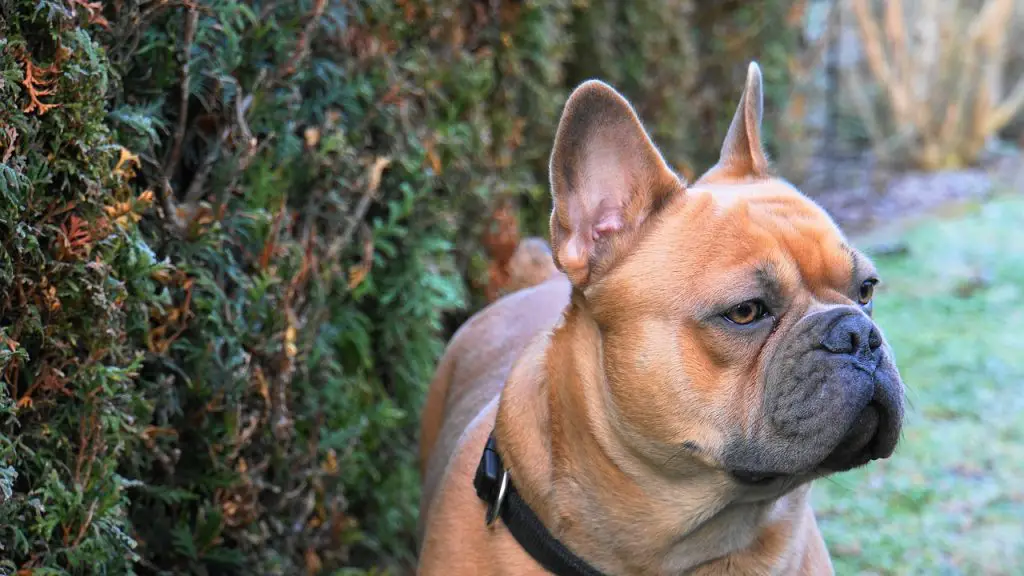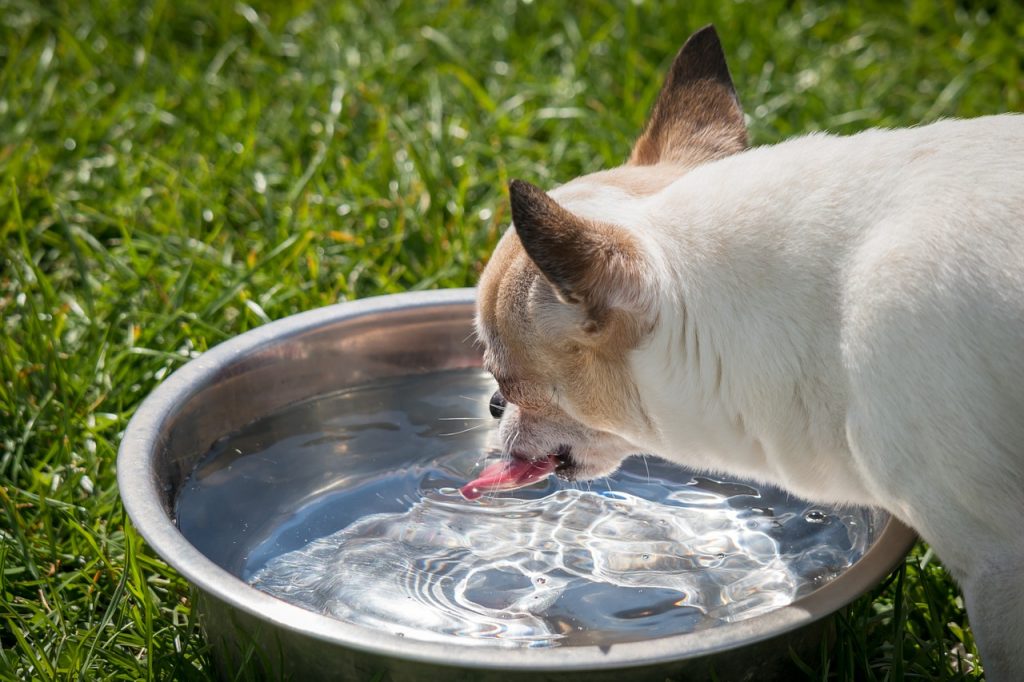Puppy potty training tips need a lot of time. All dogs need to learn how to potty train. It takes lots of time and consistency. They need to learn how to potty so they would not create a mess.
There are common signs for potty training such as whining, barking, circling, sniffing scratching at the door.
Table of Contents
Tips for puppy potty training
Honor the 15 minute rule

When your puppy is most likely to learn to go to the bathroom after eating, drinking, playing, exercising, and waking up from a nap. So you have to give them time to to go to the bathroom.
There is a general rule of how much time can a puppy hold it in, one hour for each month plus one month extra. For example, a puppy that is 2 months old can hold it in for 3 hours.
However it varies between dog to dog so the best option is to take out your puppy every 1 to two hours.
Reward a job well done
When it’s time to go to the bathroom, you should go to the place where puppies want to relieve themselves. It can be outside where you teach your puppy how to potty
train. So when they potty train, you can praise them by giving them a treat or giving them praise.
Puppy pad training tips
Puppy pad training is all about placing pee pads in areas of the house such as a living room. The goal is to make puppies relieve themselves through areas that have these pads.
There are many advantages of puppy pads and they are that they are comfortable for dogs, are easily cleaned up, convenient for potty training, and a good option for dogs who have health problems.
Keep your puppy on a leash when training them to do so. When they look like they want to relieve themselves, say the word “potty” and then quickly take them to the pad. After they finish, praise them a lot through treats or praise.
You got to teach your dog the difference between the floor and pads by first placing lots of pads on the floor and then removing slowly one by one. This lets puppies learn that they go to the areas where the pads are located in.
Introduce space gradually
At first, let your puppy stay in a confined area so when accidents happen, you can contain them easily. Then, you can gradually expand the area where the puppies stay in by slowly introducing new areas in the house such as the living room.
If accidents happen, then go back to the previous level of success by going back to the areas that they didn’t relieve themselves.
Never punish your dog
Never punish your dog if they made an accident in the house. This teaches puppies to fear so they can never become comfortable in relieving themselves when they are
around people. They will still relieve themselves in the house but will do it when you are not looking and when people are not around.
So next time you catch your puppy in the act, you can take them outside immediately and condition them to do so outside.
The best approach is to speak to them calmly and clean the area immediately with pet safe cleaners and keep them away from the area til it dries.
Stick to a potty spot

Before you potty train your puppy, you should find a place or spot where they can be potty trained. This spot is usually outside in the yard or outdoors.
You got to direct them to the door so they can leave the house and become potty trained. Once they are outside and they relieved themselves, you got to let them go
to the same place over and over again when they need to do so. Consistency is the key that makes them understand and know so they can be potty trained effectively.
Supervise your puppy
Keep a close eye on your puppy so you can see if there are signs that they need to go whenever they are indoors.
To teach them effective house train, you have to limit the places that they can relieve themselves in the yard when slowly introducing them to effective potty training. Then you can give them freedom when they learn how to control themselves.
Learn the signs of needing to go
Your puppy may show signs that they need to go. It is important to look out for these signs and know them. The signs are that they pace in circles, sniff the floor, squat, bark and scratch at the door.
Be sure to open up the door, to let your puppy know that they should go outside to relieve themselves.
Take your puppy out when they drink water

If your dog frequently drinks a lot of water, chances are that they need to go relieve themselves. By going out frequently after your puppy drinks water, you eliminate the possibility of accidents happening.
Restrict them to an area when you are away
For effective puppy potty training tips, you are got to restrict them to specific areas through crate training or confine them to an area that is comfortable for them to stand, lie down, and turn around.
Crate training revolves around the idea that any puppy or dog has an instinct to keep their homes or dens clean. The crate acts as a den for dogs and puppies making
them more inclined to keep their place clean; they will especially not urinate or put their waste in it.
So when you can not supervise your puppies, you can let them lay in the crate. This will lead your puppy sit and wait til you come so they can relieve themselves in another place.
The crate has two opportunities. The first is that it can make puppies relieve themselves in the right spots by making them wait until they can do so.
The second is that it can the crate eliminates waste being done in the wrong places.
Conclusion
In conclusion, there are many tips for house training a puppy. These tips are useful in puppy potty training. Puppy potty training takes time and most importantly consistency.

